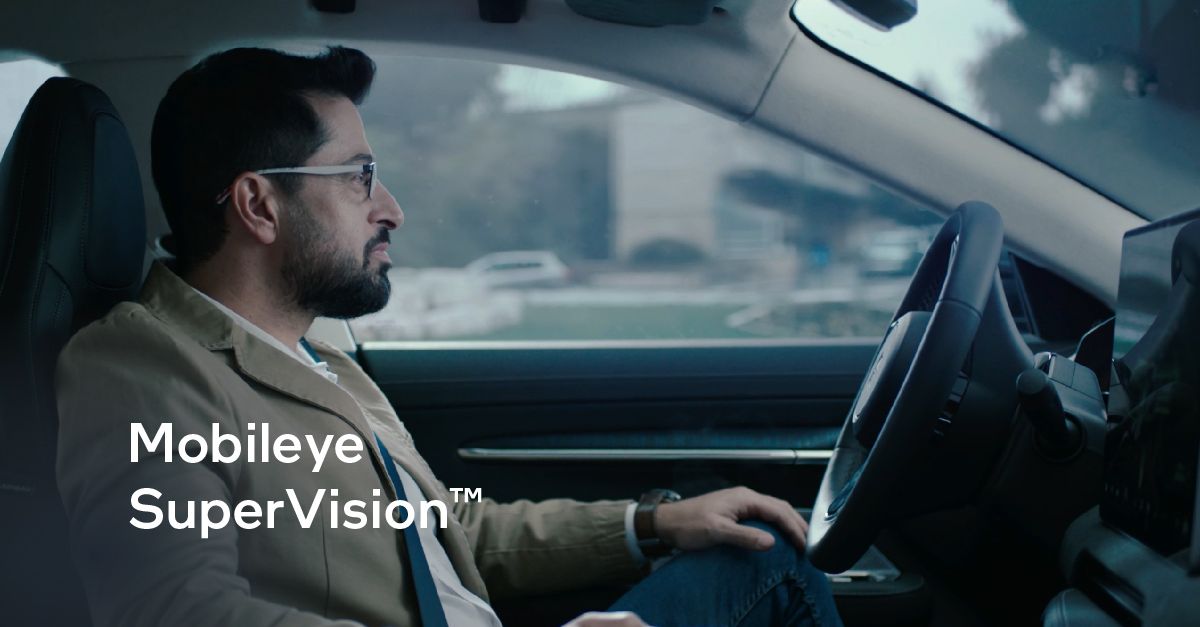Terminator857
Active Member
4x pixels and 60% more cameras to process. What was the estimate for HW4 compute over HW3 again? Better be, to use one of Elon's favorite phrases, an order of magnitude more powerful considering HW3 is supposedly close to maxed out...

Mobileye SuperVision™ | The Bridge from ADAS to Consumer AVs
Mobileye SuperVision™ is our most advanced driver-assist system, providing eyes-on/hands-off automated operation of standard driving functions.
I'll start a new rumor: 2023 vehicles will come with parking cameras or 360 park view.
Last edited:




